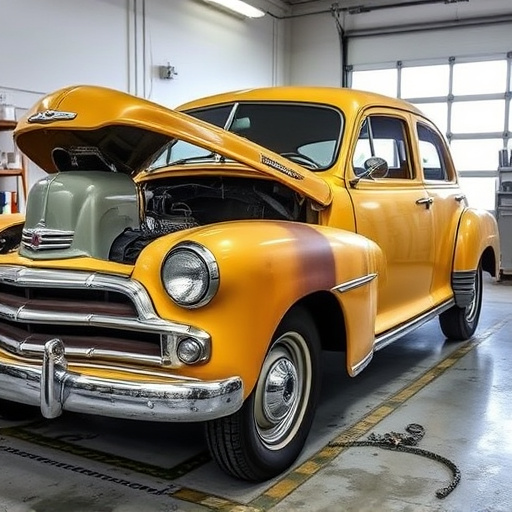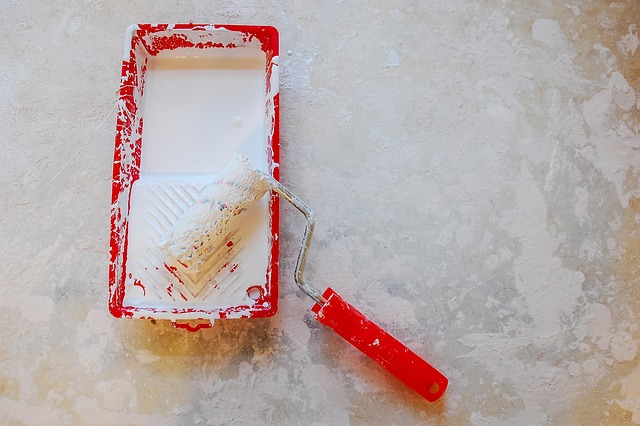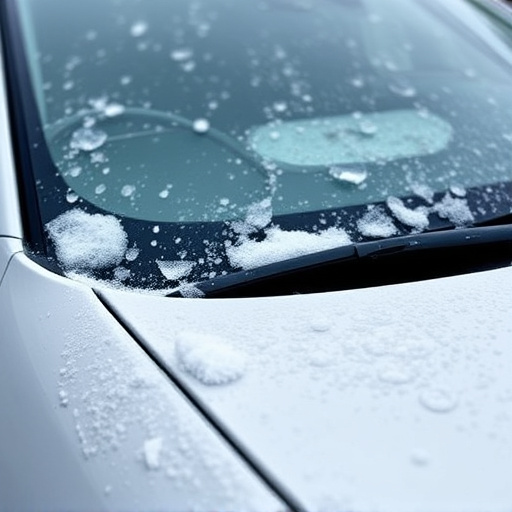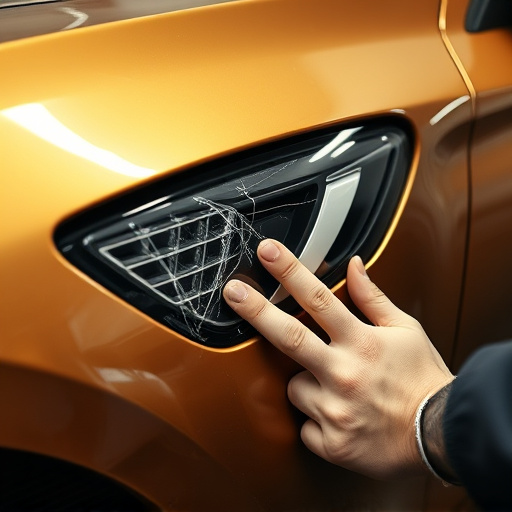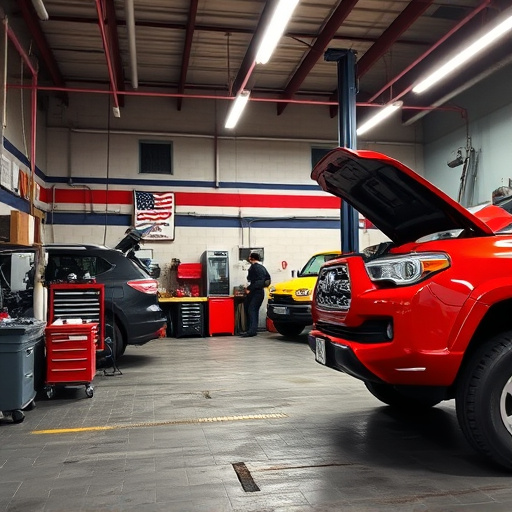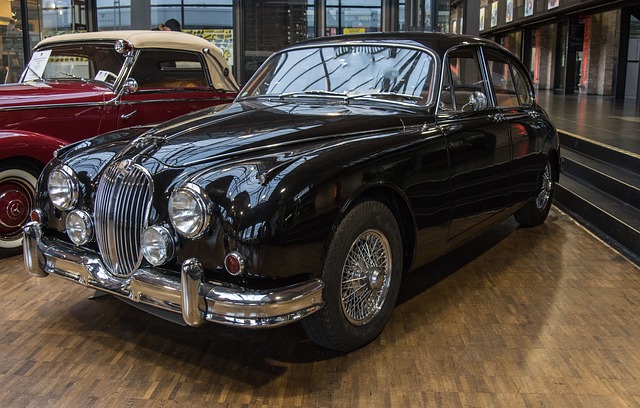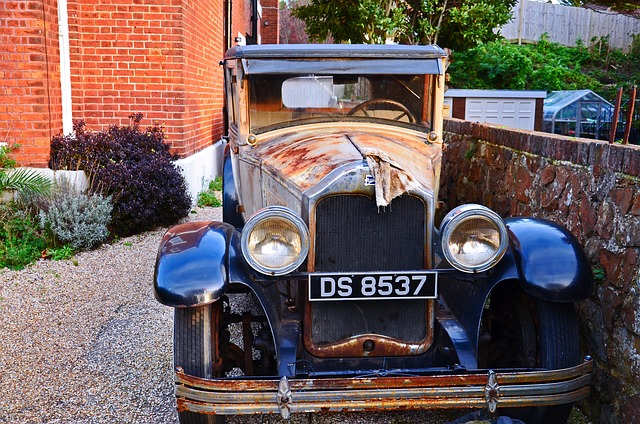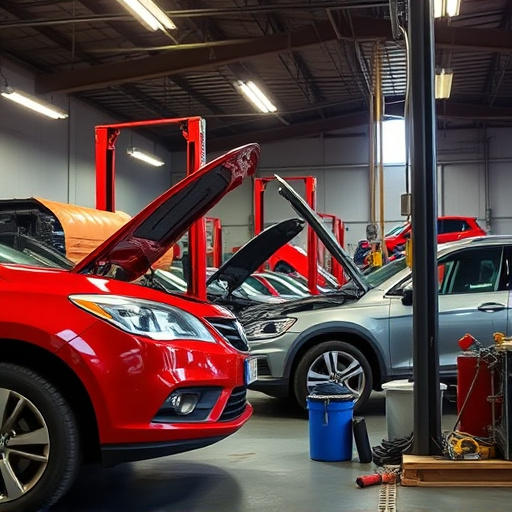Custom color matching, offered by auto body shops, mixes pigments to replicate vehicle paint shades. Costs vary based on job complexity, shade uniqueness, surface size, personalization needed, and availability of original paint samples. Planning, communication, and understanding pricing structures are crucial when budgeting for these services to achieve desired results while staying within budget.
Custom color matching is a powerful tool for businesses aiming to create unique, on-brand experiences. However, understanding the cost factors behind this process is crucial for effective budgeting. This article delves into the intricacies of custom color matching costs, exploring key influences and providing practical tips for seamless implementation within your budget. By the end, you’ll be equipped with insights to make informed decisions regarding this valuable service.
- Understanding Custom Color Matching Costs
- Key Factors Influencing Pricing
- Budgeting Tips for Seamless Implementation
Understanding Custom Color Matching Costs
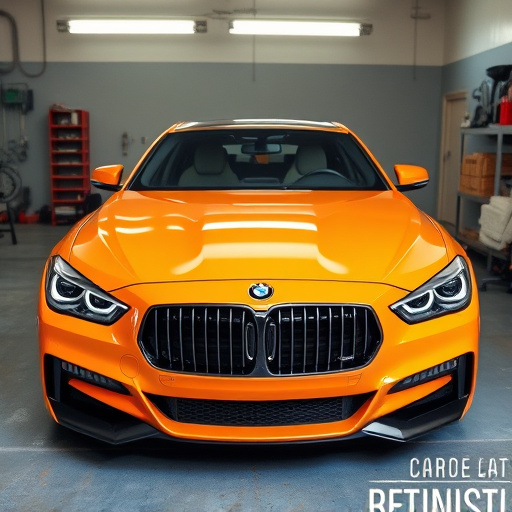
Custom color matching is a specialized service offered by automotive body shops, and understanding its costs is essential for budgeting. This process involves precisely mixing pigments to recreate a specific shade, ensuring an exact match with the vehicle’s original paint. The price of custom color matching varies based on several factors unique to each project. One key determinant is the rarity of the color; unique or discontinued shades often require extensive research and specialized resources, driving up costs. Additionally, the complexity of the repair, such as extensive car scratch repair or major damage, can significantly impact pricing as it may necessitate more time and materials.
When considering auto body services, whether for a simple touch-up or a comprehensive overhaul, clients should inquire about custom color matching fees. Reputable automotive body shops will provide transparent pricing based on the scope of work. Remember, while these costs might be higher than standard paint jobs, the result is an accurate color match that restores your vehicle’s original aesthetic, enhancing its overall value and appeal.
Key Factors Influencing Pricing
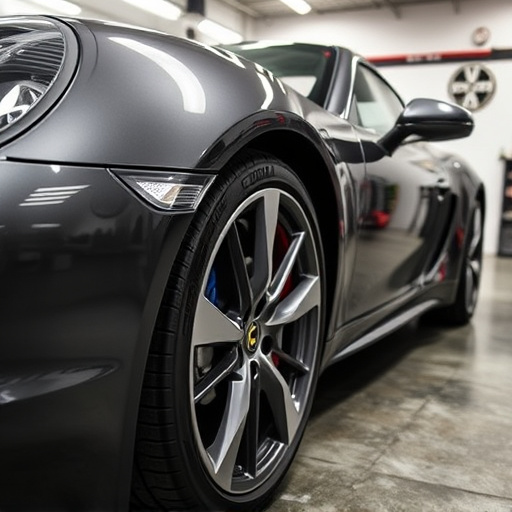
When it comes to custom color matching services, several key factors significantly influence pricing. Firstly, the complexity of the job plays a crucial role; simple color matching for minor repairs will have a different cost structure than intricate restoration projects involving multiple layers and specialized techniques. The uniqueness of the shade also matters; matching rare or custom colors often requires specialized pigments and expertise, driving up costs. Additionally, the size and condition of the surface to be painted impact pricing; larger vehicles or those with uneven panels might necessitate more time and materials, reflecting in the final cost.
Another factor is the level of personalization required. While standard color matching follows established formulas, custom blending involves creating a unique shade based on specific preferences, which can increase labor costs due to the higher skill level involved. Furthermore, the availability of original paint or samples from manufacturers affects pricing; obtaining rare or discontinued paints might incur additional fees. Comparisons with local auto repair near me or vehicle paint repair services reveal that budgets for custom color matching vary widely, depending on these influencing factors and the expertise of the auto painting professionals handling the job.
Budgeting Tips for Seamless Implementation
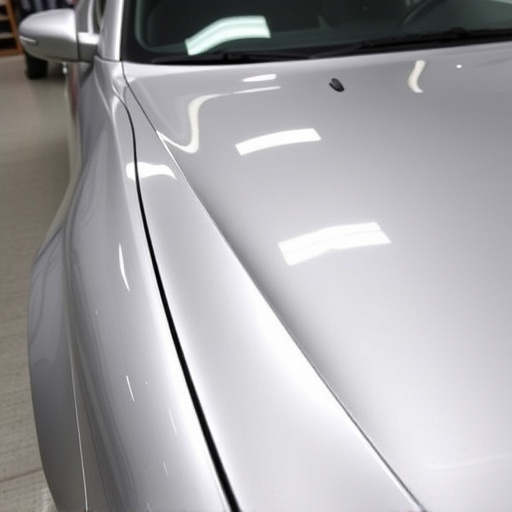
When budgeting for custom color matching services, whether for a new car paint job or an auto body repair like car dent removal, planning and preparation are key to a seamless implementation. Firstly, determine your budget range before engaging any service provider. Custom color matching can vary greatly in cost depending on factors such as the extent of damage (in cases of car body repair), desired quality, and the rarity of the color.
To ensure a smooth process without financial surprises, communicate openly with the auto body shop or paint specialist about their pricing structure. Ask for detailed estimates that outline labor costs, material expenses, and any potential additional charges. This transparency will empower you to make informed decisions, ensuring your project stays on track and within budget while achieving the desired custom color match results, whether it’s for a sleek new finish or repairing minor dents.
Custom color matching is a powerful tool for achieving brand consistency and aesthetic harmony, but understanding its cost factors is essential. By factoring in variables like complexity, sample production, and lab charges, you can set realistic expectations. Following our budgeting tips will ensure your project stays on track financially, allowing you to create the perfect palette without breaking the bank. Remember, informed decisions are key to successful custom color matching.

